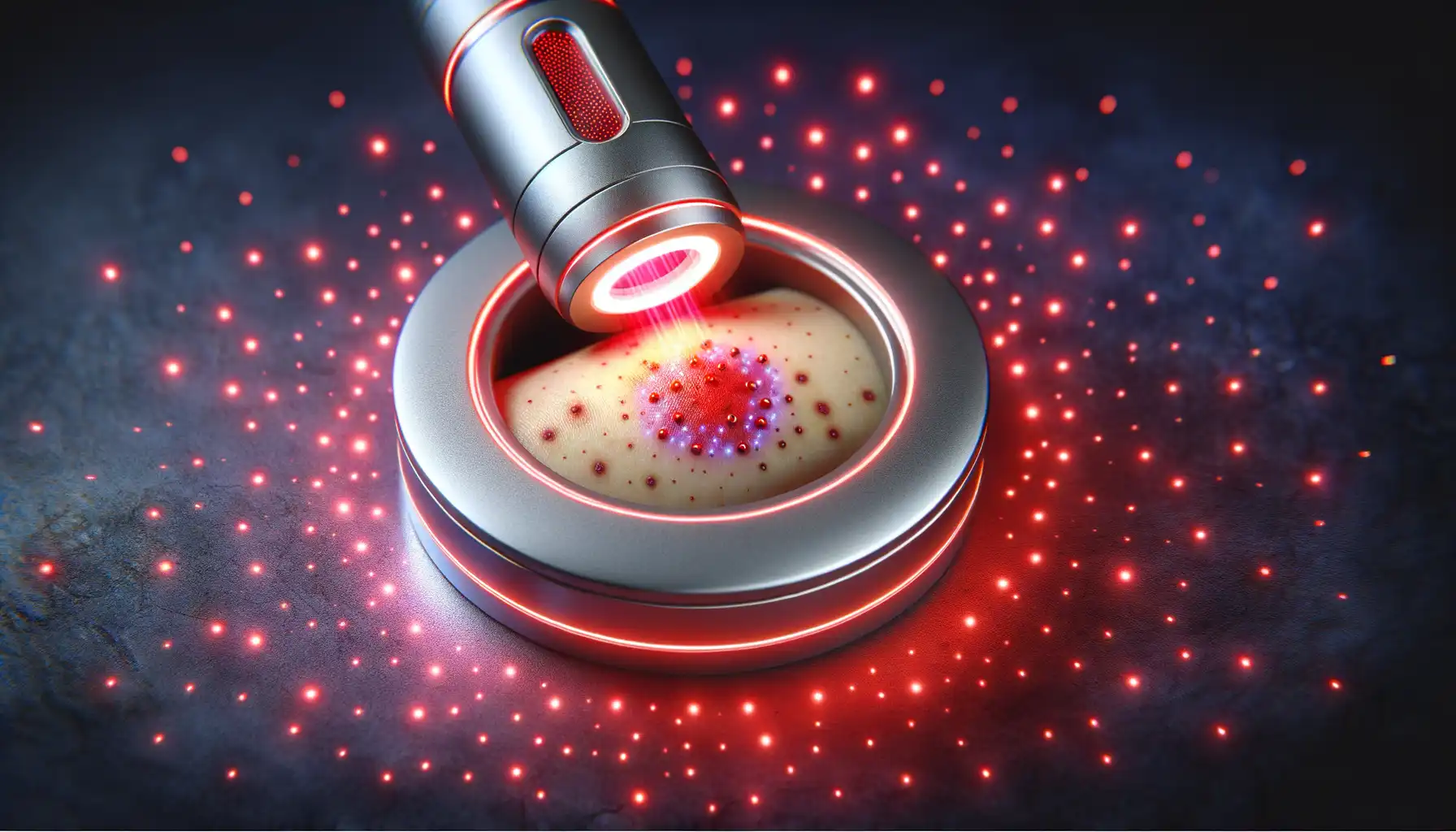This isn't just about getting a good sweat on. It's about using gentle, radiant heat to create powerful physiological changes in your body that can help quiet a racing mind. Let's explore how spending some time in the warm, peaceful embrace of an infrared sauna can become a key part of your anxiety relief toolkit.
Understanding the Mind-Body Link to Anxiety
Anxiety isn’t just "in your head." It's a full-body experience. When you feel anxious, your body's sympathetic nervous system—the "fight-or-flight" response—kicks into high gear. Your heart rate might climb, your breathing can become shallow, and your muscles tense up. This response is driven by stress hormones like cortisol. While helpful in a true emergency, chronic activation of this system keeps you in a constant state of high alert, which is exhausting and detrimental to your mental health.
To find relief, we need to activate the "rest-and-digest" system, also known as the parasympathetic nervous system. This is where infrared sauna therapy shines. By creating a warm, controlled environment, you're giving your body a signal to slow down, unwind, and shift out of that stressful state.
How Infrared Sauna for Anxiety Works
Unlike traditional saunas that heat the air around you, infrared saunas use special lamps to emit infrared light. This light penetrates your skin and warms your body directly from the inside out. This deep, gentle heat triggers a cascade of beneficial biological responses that can directly counteract the physical symptoms of anxiety.
Balancing Your Stress Hormones
One of the most significant ways infrared saunas can help with anxiety is by helping to regulate cortisol levels. Chronic stress leads to chronically elevated cortisol, which is linked to anxiety, depression, and a host of other health issues.
Heat therapy, like that from an infrared sauna, has been shown to help your body adapt to stress more effectively. A session in the sauna creates a mild, controlled stressor on your body (known as hormesis), which can help your system become more resilient. Over time, this can lead to lower baseline cortisol levels, making you less reactive to daily stressors. Think of it as training your body to handle stress more calmly.
Promoting Deep Relaxation and Activating the "Rest-and-Digest" System
The gentle, enveloping warmth of an infrared sauna is deeply relaxing. As your body temperature rises, your muscles begin to unwind, releasing physical tension you might not have even realized you were holding. This physical relaxation sends a powerful message to your brain that it’s safe to calm down.
This process helps shift your nervous system from its stressed-out sympathetic state to the calm parasympathetic state. Key indicators of this shift include:
A slower, more stable heart rate
Deeper, more rhythmic breathing
Improved Heart Rate Variability (HRV)
Heart Rate Variability is a fascinating metric that measures the variation in time between your heartbeats. A higher HRV is a sign that your nervous system is balanced and adaptable—in other words, better able to handle stress. Research published in journals like the Journal of Clinical Medicine suggests that therapies improving parasympathetic activity can increase HRV, contributing to better emotional regulation.
The Feel-Good Chemicals: Boosting Endorphins
You know that blissful feeling after a great workout? You can thank endorphins for that. These are your body's natural "feel-good" chemicals, and they act as potent mood elevators and pain relievers.
Spending time in an infrared sauna can also stimulate the release of endorphins. The heat exposure causes a positive stress response that triggers your brain to produce these powerful compounds. This endorphin rush can create a sense of calm and well-being that lasts long after your sauna session is over, providing a natural buffer against anxious feelings.
Better Sleep for a Calmer Mind
The connection between sleep and anxiety is a two-way street. Anxiety can ruin your sleep, and poor sleep can make your anxiety much worse. Breaking this cycle is crucial for mental wellness. Infrared sauna use can be a game-changer for your sleep quality.
Here’s how it helps:
Encourages melatonin production: The significant drop in your core body temperature after you leave the sauna signals to your brain that it's time to produce melatonin, the hormone that governs your sleep-wake cycle.
Reduces nighttime anxiety: The deep relaxation from a sauna session can help quiet a racing mind, making it easier to fall asleep without tossing and turning.
Promotes deeper sleep: By helping regulate your body's natural sleep rhythms, you're more likely to spend more time in the restorative deep sleep stages.
Using the sauna in the evening can be an excellent addition to your bedtime routine, preparing both your body and mind for a night of restful, restorative sleep. Getting consistent, high-quality sleep is one of the most effective strategies for long-term anxiety management. A study in Hindawi's Evidence-Based Complementary and Alternative Medicine highlights how repeated thermal therapy can improve various health metrics, which indirectly support better sleep and stress management.
Practical Tips for Using an Infrared Sauna for Anxiety Relief
Ready to give it a try? Here are a few tips to help you get the most out of your sessions for stress and anxiety reduction.
Start Slow and Listen to Your Body
If you're new to infrared saunas, there's no need to push yourself. Start with shorter sessions of 10-15 minutes at a lower temperature (around 110-120°F or 43-49°C). You can gradually increase the duration and temperature as your body becomes more accustomed to the heat. The goal is relaxation, not endurance.
Hydration is Non-Negotiable
You're going to sweat, so it’s essential to be well-hydrated. Drink plenty of water before, during, and after your session. Adding a pinch of sea salt or an electrolyte powder to your water afterward can help replenish the minerals you lost through sweat.
Create a Relaxing Ritual
Make your sauna time a true sanctuary.
Mindful entry: Before you step in, take a few deep breaths and set an intention to let go of stress.
Disconnect: Leave your phone and other distractions outside. This is your time to be present.
Enhance the experience: You might enjoy listening to calming music, a guided meditation, or simply sitting in silence and focusing on your breath.
Cool down slowly: After your session, don't rush into your next activity. Take a lukewarm shower and allow your body to cool down naturally. Rest for at least 10-15 minutes.

Consistency is Key
While a single sauna session can leave you feeling incredibly relaxed, the most profound benefits for anxiety come from consistent use. Aim for 2-4 sessions per week to help your body build resilience and maintain a more balanced nervous system.
Important Safety Considerations
Infrared sauna therapy is safe for most people, but it's not for everyone. The National Institutes of Health (NIH) provides a good overview of general sauna use and safety. It's crucial to consult with your doctor before starting if you have any of the following conditions:
Cardiovascular issues (such as unstable angina or recent heart attack)
Low or high blood pressure
Pregnancy
Any condition that impairs your ability to sweat
If you are taking medications that can be affected by heat or cause dehydration
Your Warm Path to a Calmer Mind
Managing anxiety requires a holistic approach that nurtures both your mind and body. Infrared sauna therapy offers a unique and effective way to do just that. By helping to balance your stress hormones, activate your body’s relaxation response, boost mood-lifting endorphins, and improve your sleep, it provides tangible, science-backed benefits for anxiety relief.
Consider incorporating this warm, peaceful practice into your wellness routine. It might just become the quiet space you need to melt away stress and find a greater sense of calm in your daily life.



